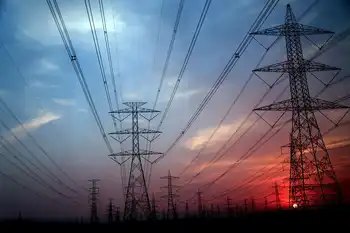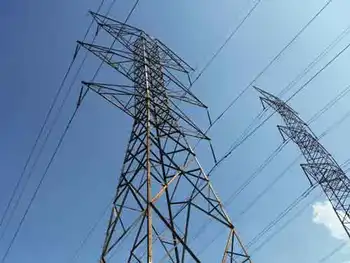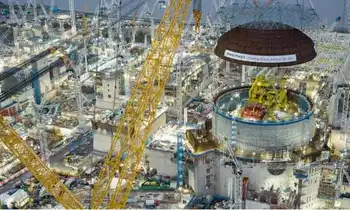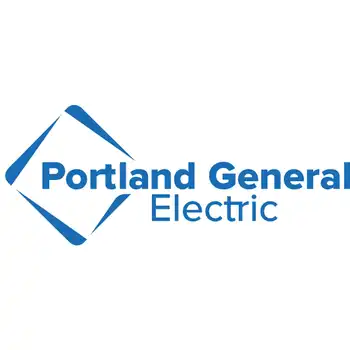Japan to restart fast breeder reactor in early 2010
The FBR had been scheduled for a restart in 2008, but the date had to be rescheduled because of several delays in the final safety checks. Japan has spent more than $9.02 billion on the project so far.
The Monju reactor was developed in 1991 as an experimental FBR at Tsuruga in the Fakui prefecture. Monju is a sodium-cooled, loop type reactor that is fueled by mixed oxide. The reactor was designed to produce more nuclear fuel than it consumed. When restarted, the used nuclear fuel from the light water reactors would be recycled to produce a sustainable form of power. The FBR began operations in April 1994, but the reactor was shut down in December 1995 following a massive sodium leak and fire in a secondary cooling circuit.
Japan has embraced the use of nuclear power as a source of electricity. Nuclear energy from 53 nuclear power plants accounts for close to 30% of Japan's net nuclear power production capacity of about 50,000 MW, out of a total national power generation capacity of more than 250,000 MW. The country's aim is to increase this amount to 41% by 2050. By then, FBRs are expected to be ready for commercial deployment.
Japan is not rich in natural resources and depends on imports to meet almost 80% of its energy requirements. During the early 1970s, the country depended largely on fossil-fuel imports from the Middle East to drive its power industry. Japan gradually developed its nuclear power industry, and the country had five nuclear reactors in operation by the mid-1970s. The country resolved to reduce its dependence on oil imports, and a major nuclear construction program was launched.
In 2007, the government of Japan selected Mitsubishi Heavy Industries Limited (MHI) as the principal company to develop the country's new generation of FBRs. The company has been given the responsibility of developing appropriate designs for the proposed reactors. MHI also will undertake reactor sales in the future. MHI has been involved in the development of FBRs since the 1960s. The company's plans include the construction of an FBR for demonstration purposes by 2025, and for commercial operations by 2050.
FBRs often have been labeled 'dream reactors,' as fuel production is higher than fuel consumption. The reactors produce plutonium by combusting the waste produced by conventional light water reactors. The United States was the first nation to generate nuclear energy with an FBR that was set up in 1946. Since then, all the major economies of the world have attempted to nurture an FBR program, but this breed of reactors has always been afflicted by various technical problems. Several countries already have abandoned their costly FBR programs. The fear that production of plutonium would lead to the manufacture of nuclear weapons was another reason for the western nations to abandon their FBR plans.
Russia is the only nation with two FBRs that supply grid power: the 12-MW unit at Dimitrovgrad and the 560-MW Beloyarsk 3 reactor. An 880-MW unit is being set up at Beloyarsk and is expected to be operational in 2014. There also are plans to develop another 1,200-MW unit at Beloyarsk that is to be completed in the 2020s. France soon will close its last FBR Phoenix. Other nations that have experimented with FBRs in the past are Germany, Kazakhstan and the United Kingdom.
India is constructing a 500-MW prototype FBR at Kalpakkam in Tamil Nadu, which is expected to be ready by 2011. The FBR is being constructed by Bharatiya Nabhikiya Vidyut Nigam Limited, a wholly owned subsidiary of the Government of India. Four more mixed-oxide FBRs have been planned in India: two at Kalpakkam in addition to the upcoming prototype, and two at other sites. China is finalizing plans to launch its FBR program later this year.
Related News

CT leads New England charge to overhaul electricity market structure
HARTFORD - Weeks after initiating a broad overhaul of utility regulation within its borders, Connecticut has recruited four New England states to rework the regional grid that is overseen by ISO New England, the independent system operator charged with ensuring a reliable supply of electricity from power plants.
In a written statement Thursday morning, Gov. Ned Lamont said the current structure “has actively hindered” states’ efforts to phase out polluting power plants in favor of renewable sources like wind turbines and solar panels, while increasing costs “to fix market design failures” in his words. Lamont’s energy policy chief Katie Dykes has…




